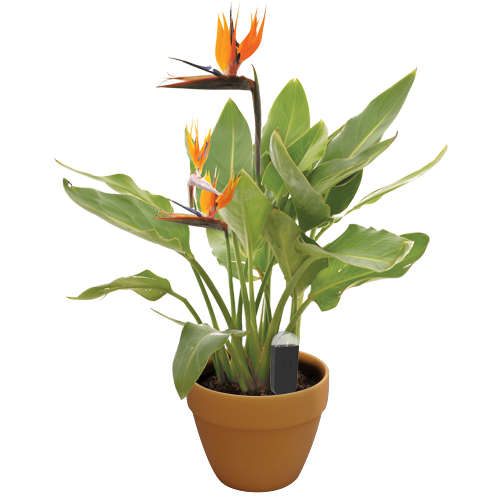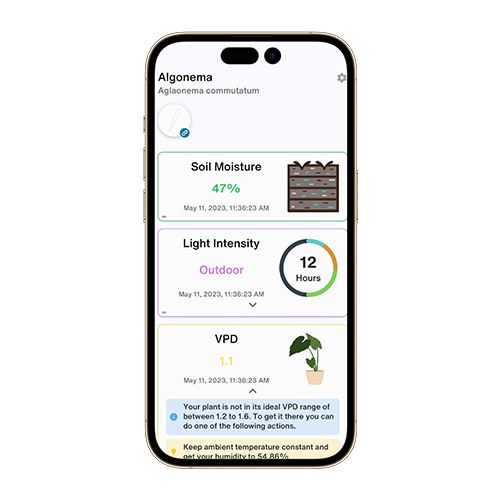Ocimum kilimandscharicum
TAXONOMY
FamilyLamiaceae
GenusOcimum
Zone10
LEARN MORE
Plants of the World OnlineABOUT
Ocimum kilimandscharicum, commonly known as camphor basil, is a shrub in the family Lamiaceae. Native to East Africa, it thrives in seasonally dry tropical climates. This plant is known for its aromatic leaves, which contain camphor and are used in traditional medicine and as a culinary herb.
ALSO KNOWN AS
Camphor Basil
Hoary Basil
Kilimanjaro Basil
Thai Basil
Ocimum johnstonii
Ocimum tortuosum
OVERVIEW
VPDCalculate
WaterDry
SoilLoamy
LightDirect Bright (6 Hours)
Temperature25° C
Humidity60%
GDD1,350
pH6.5
Pressure1,013 mbar
WANT MORE TIPS?
DETAILS
Care Instructions
Camphor basil requires bright, direct sunlight for optimal growth. It prefers moderate temperatures and moderate humidity levels. Water the plant when the soil is almost completely dry, and ensure good air circulation to prevent fungal diseases.Harvest
Ocimum kilimandscharicum, commonly known as camphor basil, is typically ready for harvest around 90 days after planting. Harvesting should be done when the plant is in full bloom to ensure the highest concentration of essential oils. Cut the stems about 6 inches above the ground, ensuring not to remove more than one-third of the plant at a time to allow for regrowth. It is best to harvest in the morning after the dew has dried but before the heat of the day to preserve the essential oils. Regular harvesting encourages bushier growth and prevents the plant from becoming woody.Soil
Ocimum kilimandscharicum prefers well-draining loamy soil. The soil should be kept slightly dry between waterings to prevent root rot. A mix of garden soil with sand and organic matter works well for this plant.Fertilizer
Use a balanced fertilizer with a nutrient composition of 5-10-5. Fertilize the plant every 4-6 weeks during the growing season to promote healthy growth and foliage.Repotting
Repot camphor basil every 1-2 years or when it outgrows its current pot. Choose a pot that is slightly larger than the current one and ensure it has good drainage. Gently remove the plant from its old pot, loosen the roots, and place it in the new pot with fresh soil.Propagation
Propagate camphor basil through stem cuttings. Take cuttings from healthy, non-flowering stems in the spring or early summer. Place the cuttings in water or moist soil until roots develop, then transplant them into individual pots.Pruning
Prune camphor basil regularly to maintain its shape and encourage bushier growth. Remove any dead or damaged leaves and stems. Pruning can be done throughout the growing season, but avoid heavy pruning during the dormant period.Toxicity
Ocimum kilimandscharicum is not known to be toxic to pets or humans. However, as with any plant, it is advisable to keep it out of reach of pets and children to prevent accidental ingestion.Additional
Camphor basil can be grown both indoors and outdoors. When grown indoors, place it near a sunny window. Outdoors, it can be planted in garden beds or containers. Regularly check for pests such as aphids and spider mites, and treat them promptly if found.REVOLUTIONIZE YOUR PLANT CARE
Make Every Plant Smart

Plant Monitor
STAYS IN YOUR PLANT
Accurately measures the core metrics of your plant – soil moisture, light, temperature and humidity - as well as compound metrics such as Vapor Pressure Deficit (VPD) and Growing Degree Days (GDD).
Shop Now
